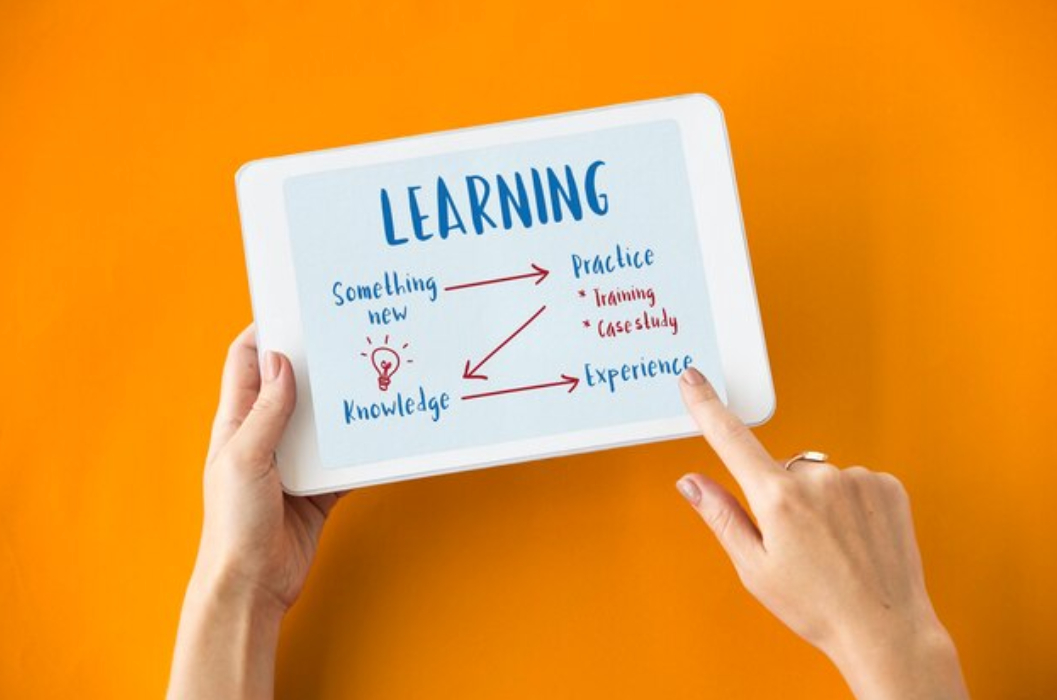
JumpStart: Enriching Preschoolers’ Educational Experience through Learning and Development Themes
Learning and development are crucial aspects of a preschooler’s life, and JumpStart, an educational game software, facilitates fun and interactive learning experiences. The software targets various developmental domains like cognitive, social, emotional, and physical skills. JumpStart features multiple themes designed to engage preschoolers, making learning both exciting and meaningful. This article delves into these themes, exploring how they enhance the educational journey of preschoolers.
Exploring JumpStart’s Themes
Adventure Theme
The Adventure Theme immerses preschoolers in a magical land, fostering cognitive skills such as problem-solving, critical thinking, and decision-making. It offers diverse worlds, puzzles, and obstacle navigation, making learning enjoyable.
Music Theme
Music is integral to preschoolers’ development, and the Music Theme in JumpStart introduces them to music creation, instruments, and genres. It enhances creativity, imagination, and cognitive abilities.
Art Theme
The Art Theme nurtures creativity, imagination, and artistic skills through art creation, exploration of colors, textures, and different art forms. It also enhances fine motor skills and attention to detail.
Animal Theme
Through the Animal Theme, preschoolers learn about various animals, habitats, diets, and interesting facts. It sharpens cognitive skills like observation, attention, and memory while fostering environmental understanding.
Sports Theme
The Sports Theme promotes physical and social skills by introducing different sports, enhancing motor skills, teamwork, communication, and confidence.
Science Theme
The Science Theme engages preschoolers in scientific concepts, experiments, and material properties, fostering curiosity, exploration, and experimentation.
Benefits of JumpStart for Preschoolers
JumpStart offers numerous benefits, supporting cognitive, social, emotional, and physical development in a fun and interactive manner. It boosts confidence, independence, and creativity.
Individual Theme Exploration
The Adventure Theme: Enhancing Cognitive Skills
This section explores how the Adventure Theme challenges preschoolers to problem-solve, think critically, and enhance spatial awareness and hand-eye coordination.
The Music Theme: Fostering Creativity and Cognitive Skills
Delve into how the Music Theme enhances creativity, imagination, understanding of rhythm, pitch, and melody.
The Art Theme: Developing Fine Motor Skills and Attention to Detail
This section discusses how the Art Theme fosters fine motor skills, hand-eye coordination, attention to detail, creativity, and imagination.
The Animal Theme: Promoting Cognitive Development
Explore how the Animal Theme enhances cognitive skills, environmental understanding, and conservation awareness.
The Sports Theme: Supporting Physical and Social Growth
Discover how the Sports Theme aids in physical development, teamwork, communication, confidence, and a healthy lifestyle.
The Science Theme: Encouraging Curiosity and Exploration
Uncover how the Science Theme fosters curiosity, exploration, experimentation, and understanding of the natural world.
Incorporating JumpStart into Education
Learn how JumpStart can complement preschool curriculums, aligning with learning objectives, selecting appropriate modules, providing guidance, and balancing with other educational resources.
Tips for Parents Using JumpStart
Gain insights on setting goals, providing guidance, establishing boundaries, monitoring progress, and supplementing JumpStart with other educational activities at home.


